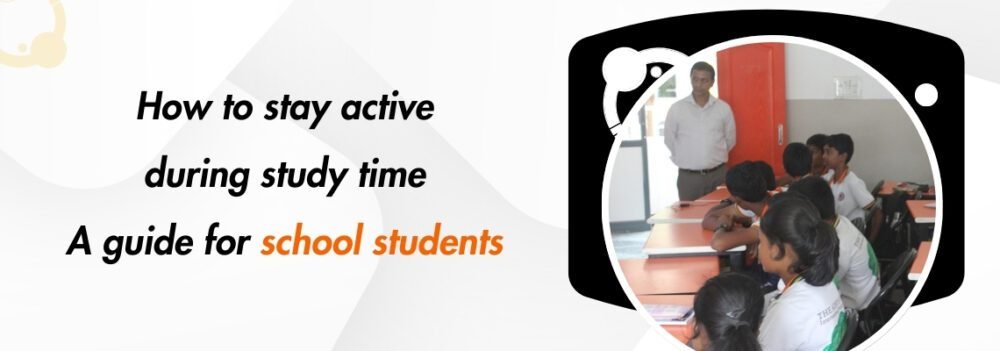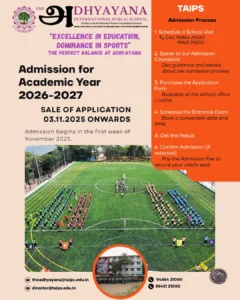Stay active during study time is key to keeping your mind sharp and your body healthy. When you spend long hours at a desk, your energy can dip and your focus can wander. But simple moves and small breaks can make a big difference. In this guide, you will find easy ideas to keep your body moving, boost your mood, and help you study better without feeling worn out.
Why Moving Matters for Students
Sitting still for too long can make you feel tired and slow. When you move, your heart pumps more blood, bringing fresh oxygen to your brain. That helps you think more clearly and remember things more easily. Simple stretches or a short walk in between study sessions can re-energize you and keep your mind alert. Plus, moving your body releases happy chemicals called endorphins, which lift your mood and make studying feel less like a chore.
Easy Moves You Can Do at Your Desk
You don’t need fancy gear or a lot of space. Try shoulder rolls: lift your shoulders toward your ears, roll them back, then drop them down. Do ten of these and you’ll feel more relaxed. Next, stretch your arms overhead and reach toward the ceiling as if you’re trying to grab a light. Hold for a few seconds, then release. Simple leg lifts are helpful too—sit up straight, extend one leg out, hold for five seconds, then switch. These desk moves take under a minute and help prevent stiffness.
Short Breaks to Refresh Your Mind
Plan small breaks every 30 to 45 minutes. Set an alarm or use a study timer to remind you. During the break, stand up, walk around your room, or step outside if you can. Even a one-minute dance to your favorite song can chase away drowsiness. These mini-pauses help your brain process what you just learned, making your study time more effective. Remember, a break is not a chance to scroll through social media for half an hour. Keep it active and brief.
Building a Simple Routine
A clear plan can help you move regularly. Start your study session with a two-minute warm-up, like light stretches or jogging in place. After 40 minutes of study, take a three-minute break for a quick walk or a few yoga poses. Repeat this cycle throughout your work time. On days when you have longer breaks, try a short workout or a game of catch with a friend or sibling. Consistency is more important than intensity; small steps each day add up to big gains over time.
Staying Motivated to Move
It’s easy to skip breaks when you’re focused on a tough topic. One way to remind yourself is to keep a water bottle within reach. Every time you take a drink, stand up and stretch. You can also study with a friend and agree to check in on each other’s breaks. If you like music, make a playlist of short, upbeat songs that mark the end of each study block. Turning your movement into a habit makes it more likely you’ll stick with it.
Balancing Rest and Activity

Moving your body is important, but so is rest. Make sure you get enough sleep each night—aim for at least eight hours. If you feel sleepy during study time, try a quick stretch rather than a long nap. When you study late, take a gentle stretch before you lie down; it helps your muscles relax and improves sleep quality. On weekends, include activities like biking, dancing, or playing sports to give your body a fun change from sitting.
Combining Learning with Movement
Some subjects lend themselves to active study. For language practice, try reading aloud while pacing in your room. For math, write equations on a whiteboard and step back to look at your work. Role-playing historical events with gestures can make facts stick better. When you pair a physical action with a fact or concept, your brain makes a stronger memory link, helping you recall details during tests.
Tips for Parents and Teachers
Parents and teachers can help by providing study spaces that encourage movement. A small exercise ball instead of a chair, a standing desk, or a few stretch bands can make it easier for students to move. Encouraging group study breaks—like a quick game of tag or Simon Says—can also be fun and healthy. Schools can schedule short activity breaks between classes to boost everyone’s energy and focus.
Looking Ahead
Regular movement routines started now will benefit you far beyond your school years. Building healthy habits early makes it more likely you will keep them into college and adulthood. You’ll find that even on busy days, taking tiny active breaks helps you feel better, think clearer, and study longer without fatigue. Remember, every stretch, step, and shake counts toward stronger focus and a happier mood.
In conclusion, small actions like desk stretches, brief walks, and active study methods can transform your study time from draining to energizing. By mixing study with movement and planning short breaks, you will not only boost your learning but also care for your health. TAIPS (The Adhyayana International Public School), CBSE Schools In Coimbatore.


